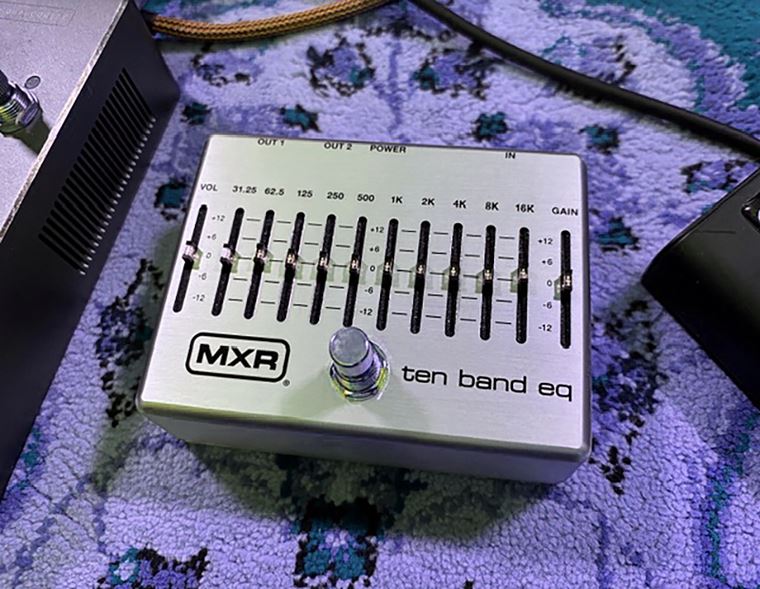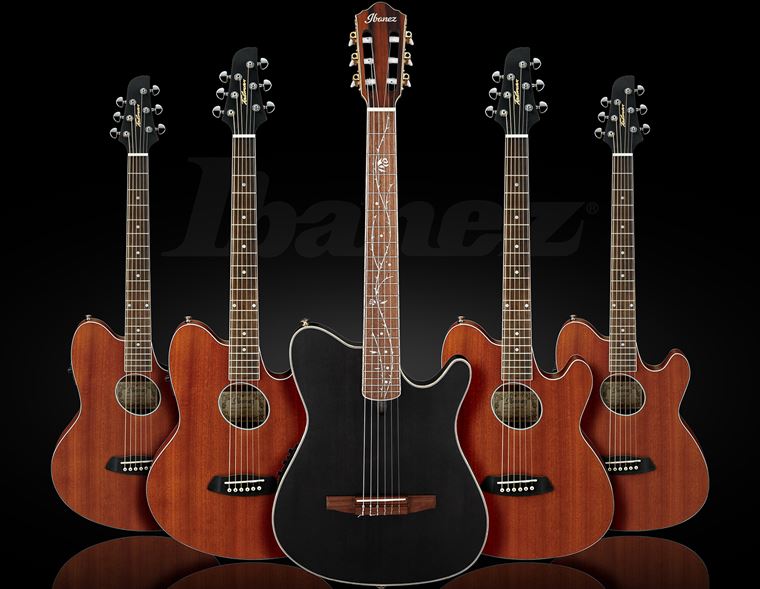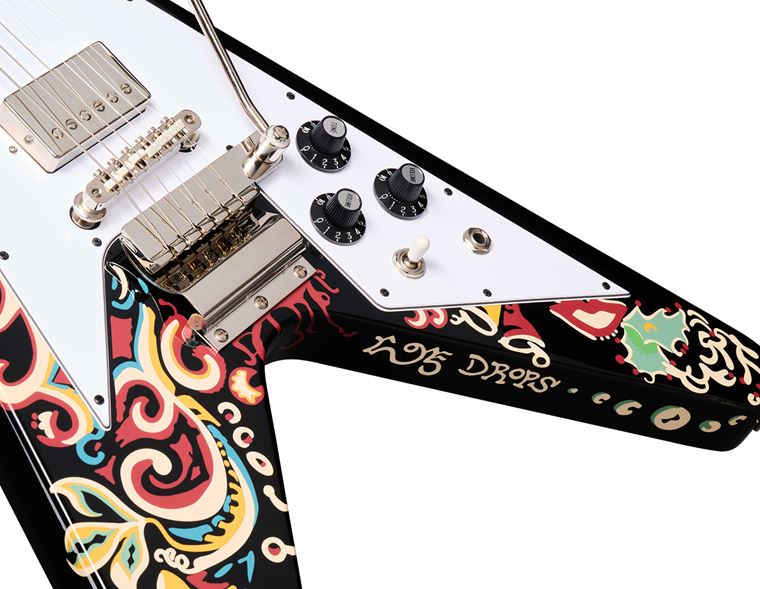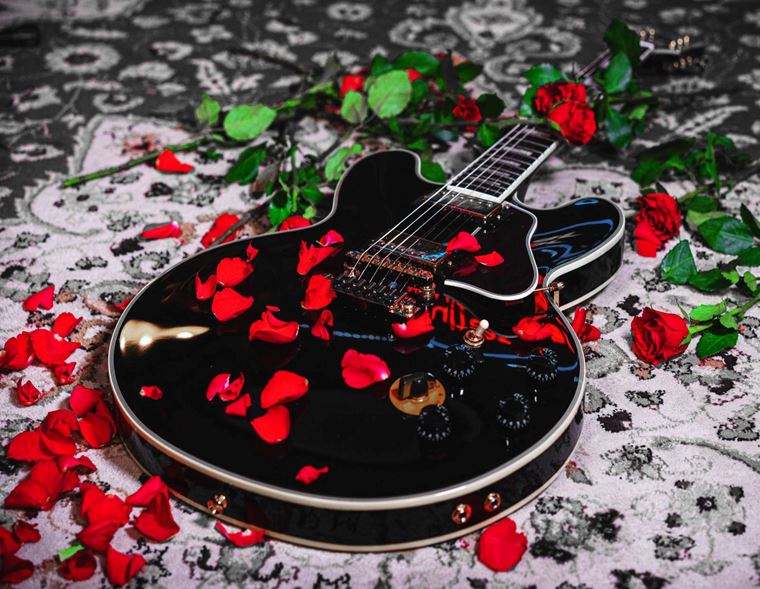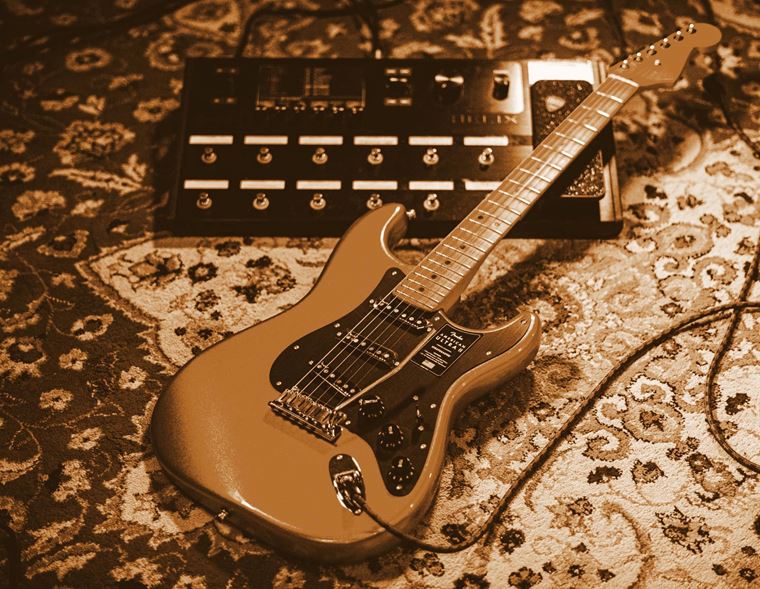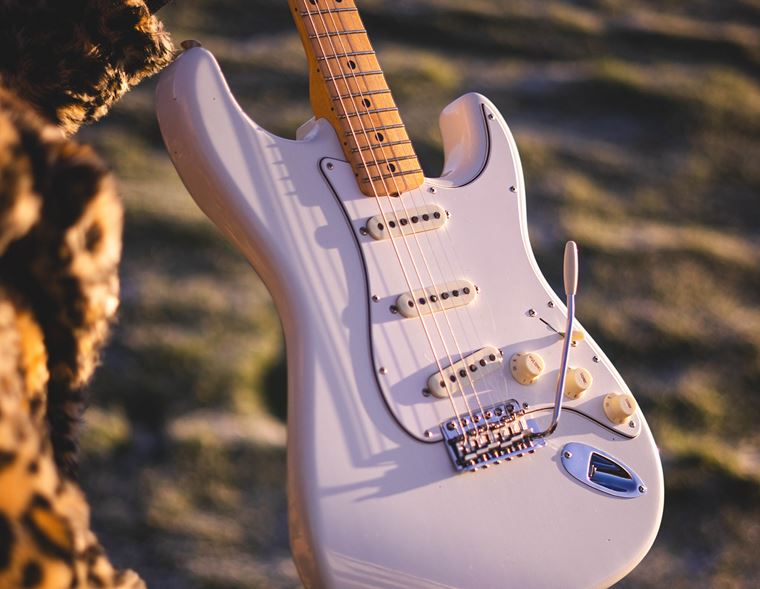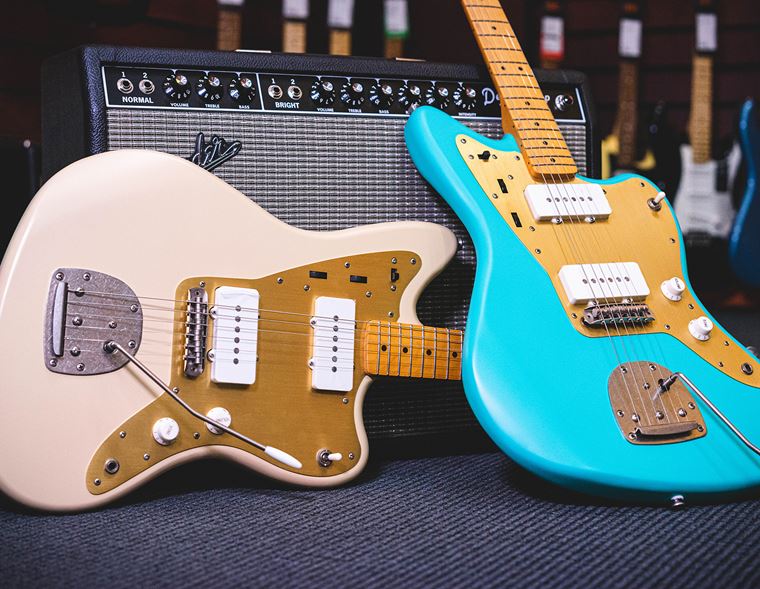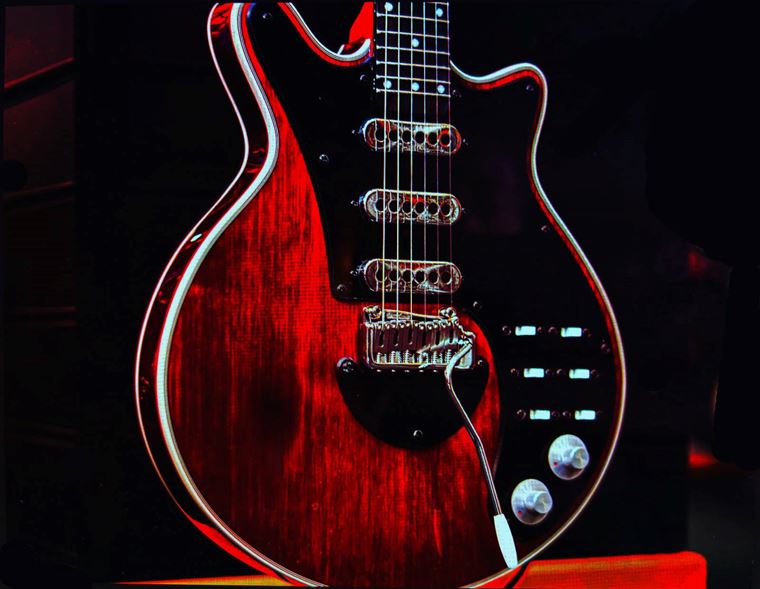What is a Loop Pedal? The guitarguitar Guide to What a Guitar Looper Pedal is
Published on 12 April 2022
Whether it’s used to jam over some chords by yourself, creating otherworldly soundscapes or using them in some extremely creative ways, loop pedals have become a foundation of guitar culture and can be an extremely useful tool for any guitarist at any level.
What is a loop pedal and which one is right for you? With a myriad of choices, wading through these loopy waters can be confusing…
So let’s run down a few choices and break down what makes a good looper, and more importantly which one is right for you!
Let’s get to it…let’s talk loopers…loopers…loopers…loopers…
What is a loop pedal?
It’s a common question we get asked all the time, and believe us, we were as confused as most folk when we first started as guitar players.
Simply, a looper is a small device that will record and playback whatever instrument (or voice) is recorded into it. It will then playback on demand and can be started and stopped whenever the user chooses too. As mentioned, this can be used in many different ways, maybe the most used way is recording your own personal backing track on the fly, which allows for hours and hours of jamming even without a band!
Check out this example of Keiran using the MXR Clone Looper
How to use a looper?
When it comes to actually using a looper, admittedly, it can be a little bit of a learning curve as it involves some good timing and the use of multiple limbs! Most loopers work in a similar fashion:
- Press the record/play button while simultaneously starting your desired sounds/chords/riff etc.
- Press the record button again at the end of your phrase which will not only stop the looper picking up anything new you are playing, but will determine how long your phrase will be. I.E. if you want your phrase to be 4 bars long, 8 bars long etc. The limits are really with each loopers personal max record time
- Press the record/play button again to start overdubbing additional parts to your loop
- Use the stop function/button to stop the playback
In a nutshell, this is how loopers work across the board. Some may have slightly different layouts, button configurations or even combined functions on the one button.
Entry Level
So, if you are thinking about taking the first steps into getting yourself a looper, or maybe even this blog has sparked an interest, let’s point you in the right direction of a good entry level looper.
Boss RC-1
Potentially, one of the most popular loopers for not only beginners but also can carry a player through their entire guitar journey. With its easy to use layout, helpful visual indicators for which function is currently being used and built like an absolute tank, the Boss Loop Station series are used by players all over the world.
The RC-1 features the Boss Compact Pedal casing of many of their products which makes it appealing for anyone wanting to stick it on a pedal board. It features only one button that controls all its functions - press once to secord, press again to stop recording, press twice in quick succession to stop your loop, and when the loop is off press and hold the button to clear your loop, easy! The RC-1 can also be expanded upon very easily with the addition of an external footswitch which allows you to have a separate stop button (a feature we will see as we step up to higher quality models) and can also feature a stereo input and output if that works with your setup, although it can work just as well in a traditional mono setup.
With up to 12 minutes of recording time, the only limitations will be your imagination…and timing!
Landlord Happy Hour
A great example of a mini version of the standard looper, the Landlord FX Happy Hour Looper features the same shared button mechanics of the Boss RC-1, just in a much more condensed down version. This would be great for those who really need to save space on their pedal board. Potentially one of the downsides for some players with mini loopers is that most cannot run off a battery and need to be plugged in via a power supply to make them work.

We feel a looper is a great tool for a beginner guitarist as it provides you not only with a solid bit of fun while you are making your first steps into the world of guitar, but will also help you develop skills that are crucial for progressing your skills. Whether it be timing, learning to solo in key or even just to be able to write lead melodies over chords if you don’t have another guitarist to play with.
Intermediate Level
You’ve been using your looper for a good while now, got your timings right and have created some really cool backing tracks and have been using it as a handy writing tool, but you are now looking for a little more, maybe even a plan to take your looping live. Let’s take a look at some examples that’ll help you get to the next level!
Boss RC-500
Another appearance of the red Loop Station box, this version builds on the previous model with a few key additions. The RC-500 features 3 dedicated buttons that control functions of this looper, play/record, a dedicated stop & a “track select” button, which is one of the key differences between this model and the RC-5. The RC-500 allows a player to record 2 completely separate tracks that can be swapped between on the fly, for example, track 1 being a verse and track 2 being a chorus, allowing for different chords/progressions to be used in a single performance without the need for several individual loopers. Along with this huge addition, the RC-500 also includes inbuilt drum tracks for added percussion to your loops (also a super handy tool to keep you in time), an inbuilt memory to allow for up to 99 loops to be saved, which also includes tracks uploaded form a computer via the loopers USB input. Bands or artists commonly use this function to trigger samples between or during songs in a live set without having to stop playing guitar, great for filling the sound between songs! Vocal loops are also a possibility with the addition of an XLR input along with MIDI…they sure cram a lot into this relatively small box!
Line 6 DL4/MkII
A slight curveball, as this is technically a delay pedal, but we couldn’t mention looping without bringing up the DL4. While the inbuilt looping time may be shorter than some of its counterparts (although, this has been rectified with the addition of a microSD card input on the newly released DL4 MkII), the tricks one can do with a DL4 is what really sets it apart. With the ability to trigger specific parts at will, or add time effects to your loops like reverse or half speed, you can create some sonic gold with this green box. It can be difficult to explain, so let’s check out Minus the Bear guitarist, Dave Knudson, showing off just what this can do.
Advanced Level
You’ve graduated from the school of looping, you are a one person band with your levels of skill! Where do you go next?
Headrush Looperboard
Looking more like a small mixing desk or some form of computer, this piece of kit is for someone who wants to take their looping to new heights! One of the key features when looking at the more advanced options for loopers is the ability to control several different tracks at will, allowing you to bring parts in and out at will giving you total sonic & creative flexibility when it comes to creating live loops. With a plethora of inputs and outputs, a touchscreen interface, over 8 hours of looping with advanced import/export features and much much more. This pedal is essentially a small, portable DAW (digital audio workstation) that will allow you to really use looping to its full potential!
Boss RC-505 MKII
While this model may be slightly more difficult to use for guitarists, seeing as though it is to be used more with your hands instead of your feet, the RC-505 shares some features with its sibling the RC-600 in terms of advanced functions. Of course, both share multiple track options, advanced input/output and upload/export options and a ton of inbuilt effects to work with, where the RC-505 comes in handy (see what we did there…) for performers who use voice and keyboard more than guitars. Check out the rightly crowned “Loop Daddy” Mark Rebillet show you how it’s done.
Of course, this is just a small highlight of a few loopers out there! For anyone looking to get started, or advance in their looping journey we would definitely recommend getting out and trying a few to see how they feel in practise!
Tips for Looping
- Practise, practise, practise! It won’t come immediately, but if you spend a little bit of time getting your timing down while looping this will result in not only better loops, but also if you play with other people will improve your timing playing with other musicians.
- Think about where your looping is in the chain when using other pedals. This may be obvious to some, but where the looper is in your pedalboard can drastically change what your loop sounds like. For example, putting your looper at the start of your pedalboard will result in the sounds you have looped going through all your pedals and will be altered when you turn them on, like distortions or delays. While putting a looper at the end of your board will retain any tone shifts you loop into it, i.e. putting a delay on a lead guitar line will have that part affected by the delay pedal but your overall track will remain unaltered.
- Use a power supply. Although some of the smaller models can be run on batteries and be used while busking, we would always recommend using a power supply to run your looper. Nothing worse than being in the middle of an epic looping session for your battery to run out of juice and all your hard work be lost!
We hope this helped! Looping can be an intimidating world to get into, but once you plant your feet it can provide so much fun and a wealth of practice that any guitarist can benefit from.
What’s your favourite looper? Any artists we should know about who are masters at looping? Let us know in the comments below!


